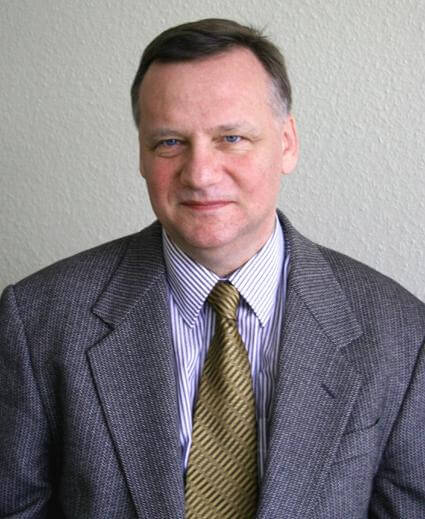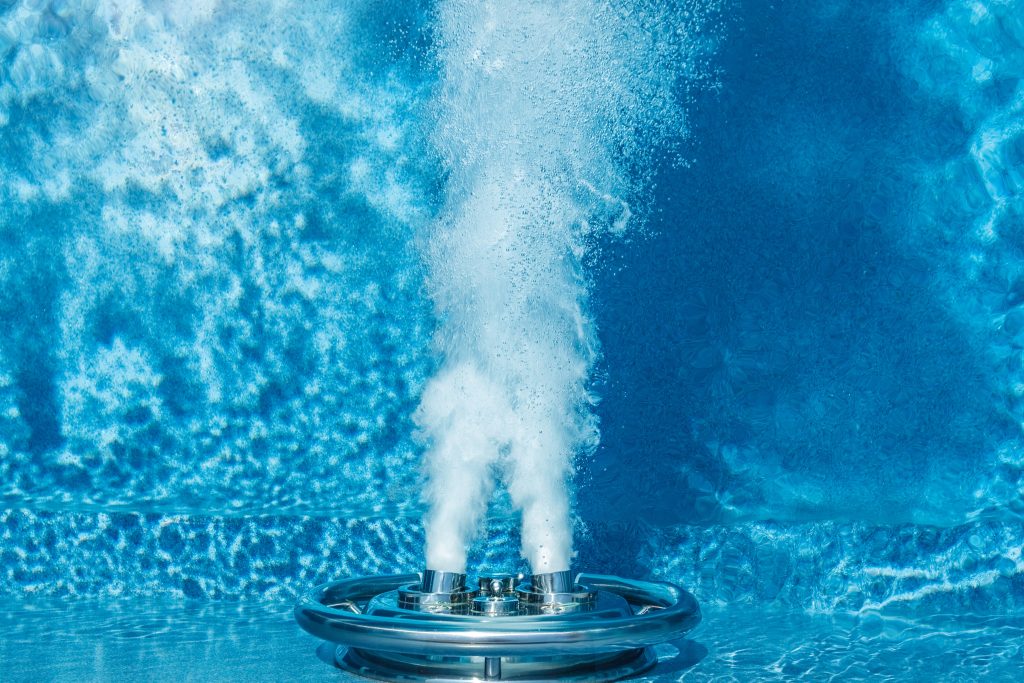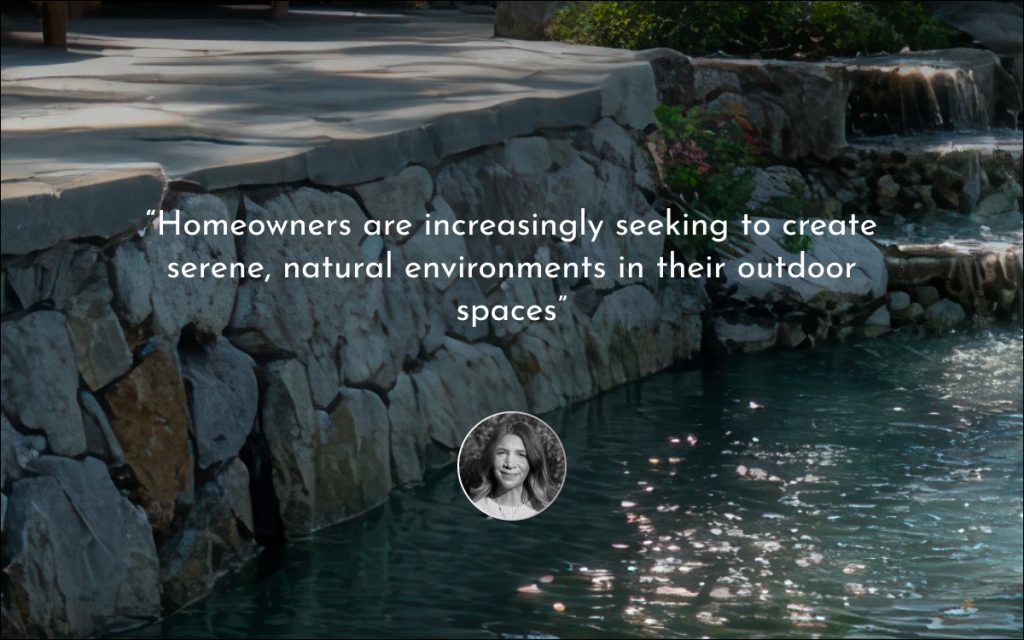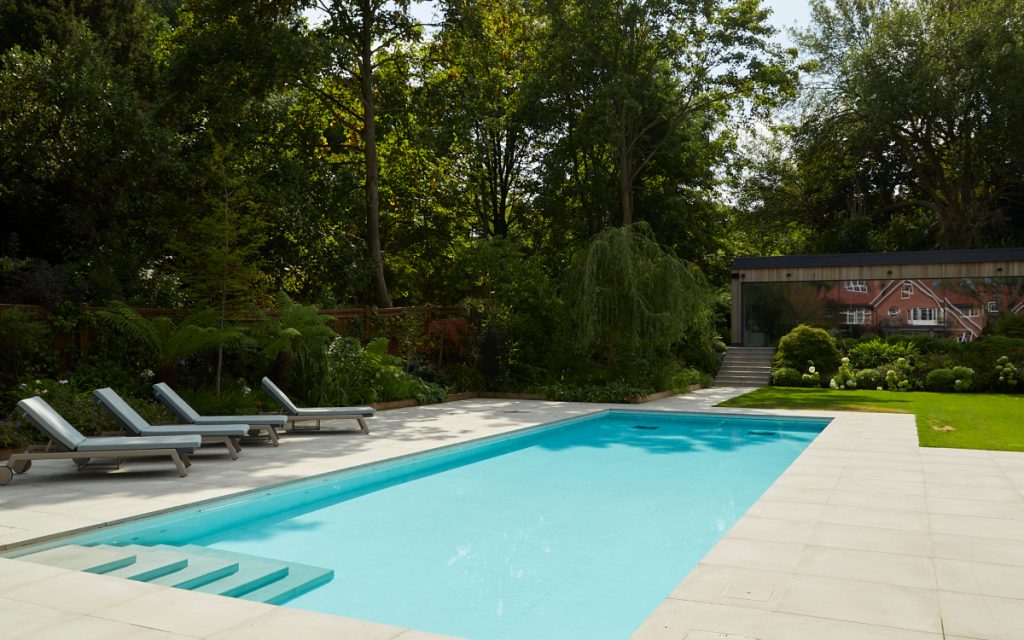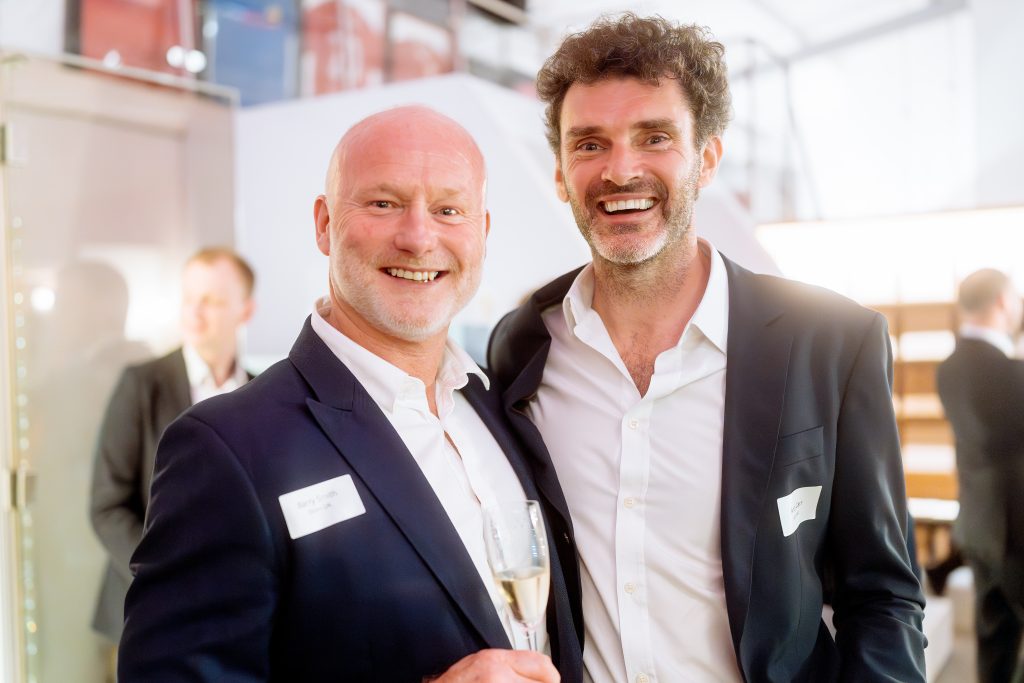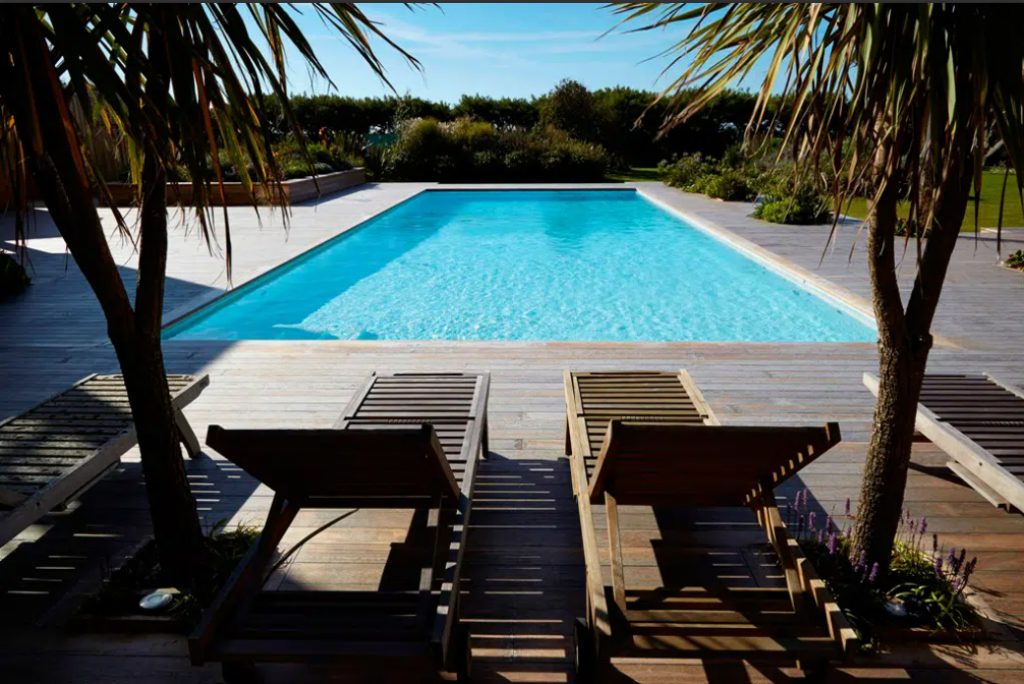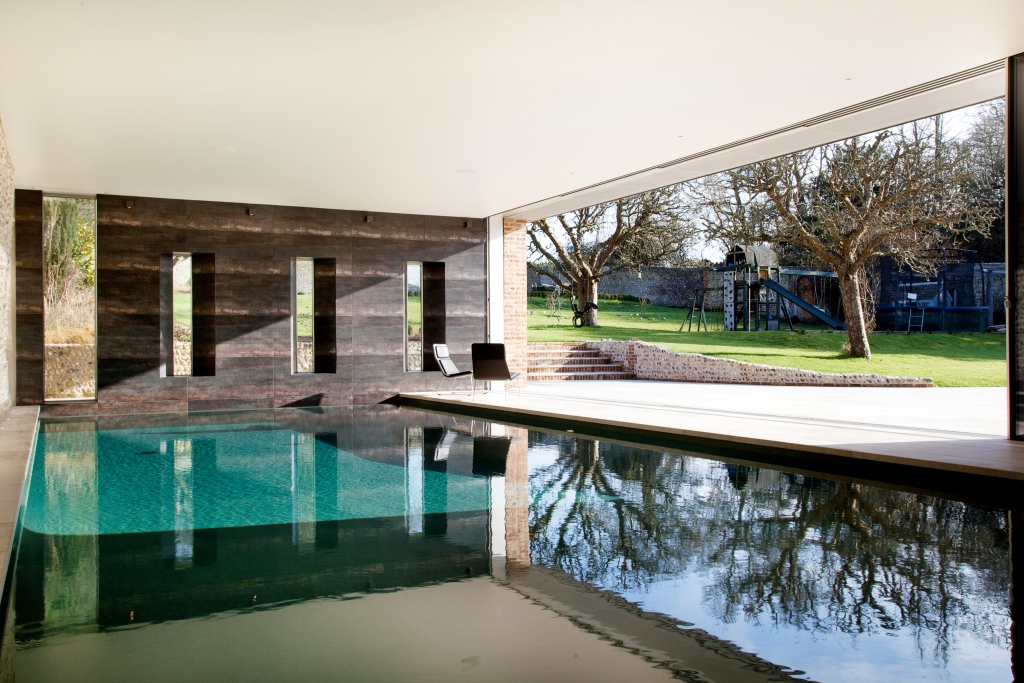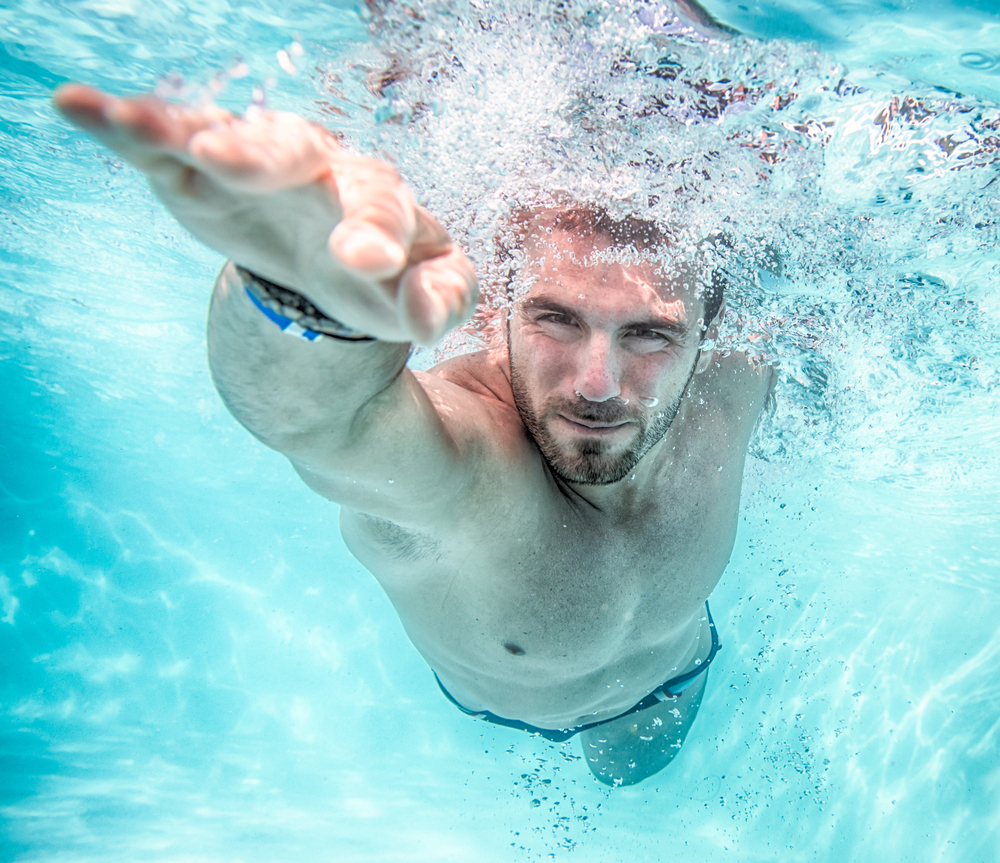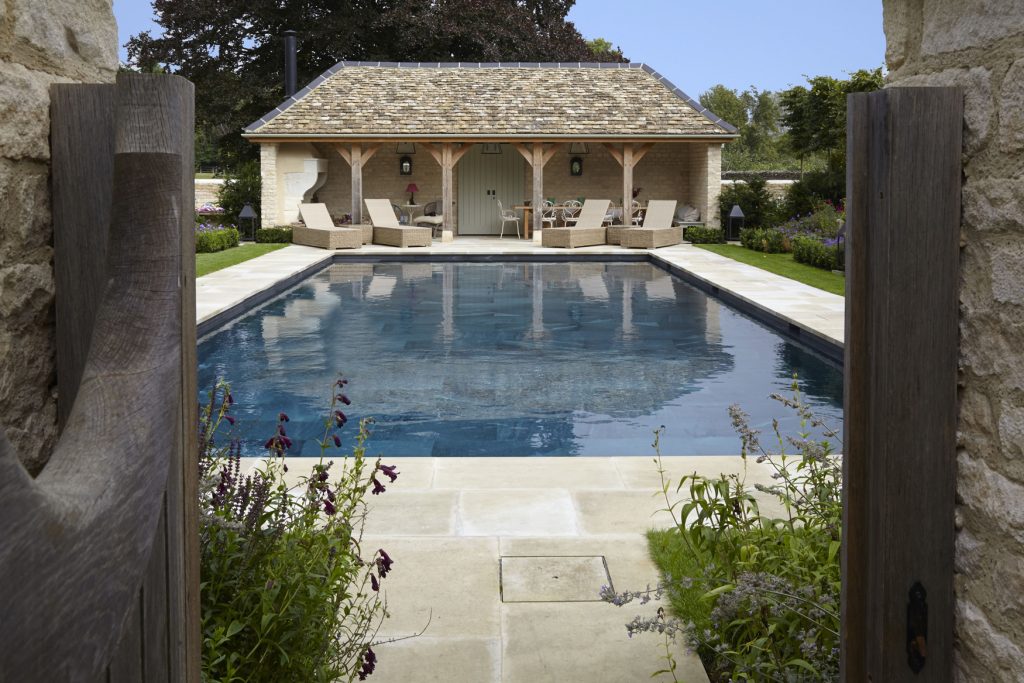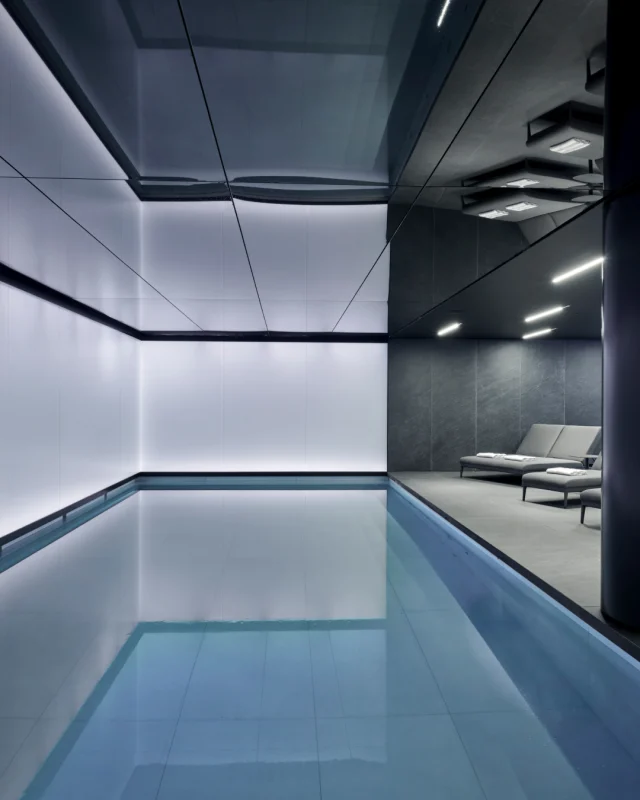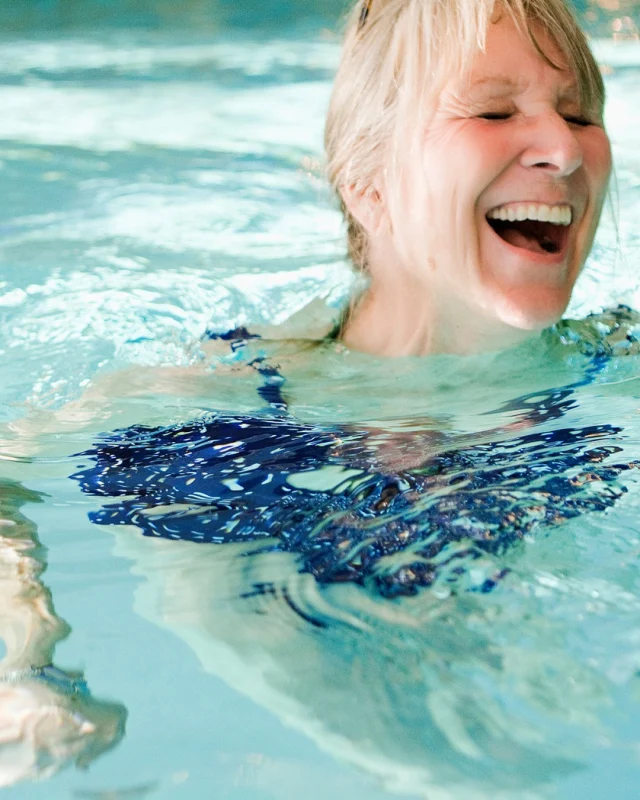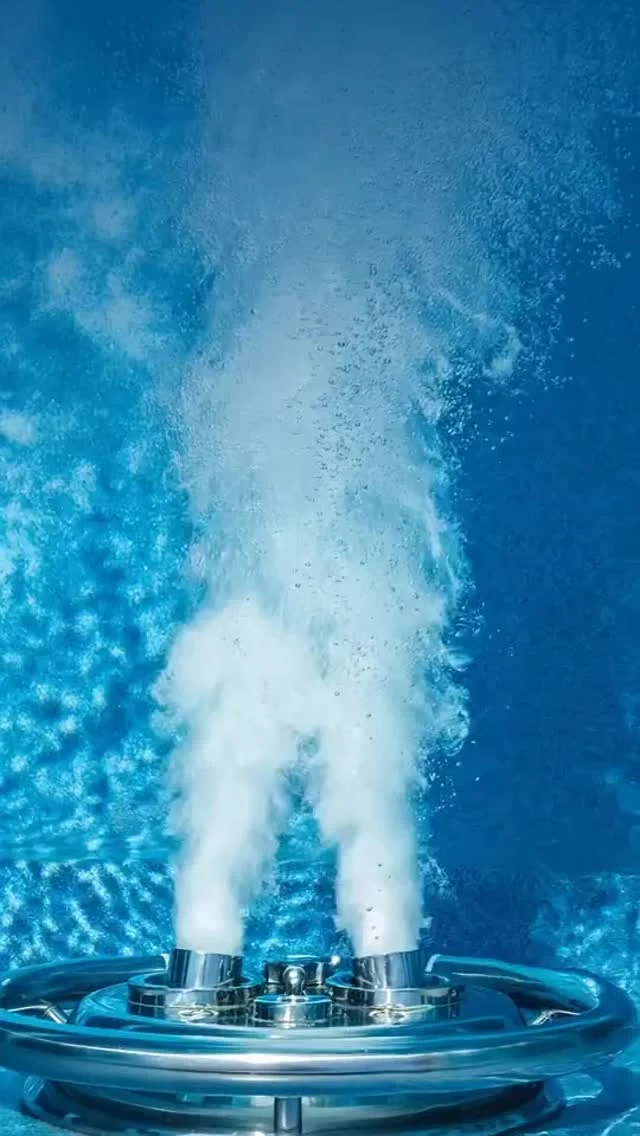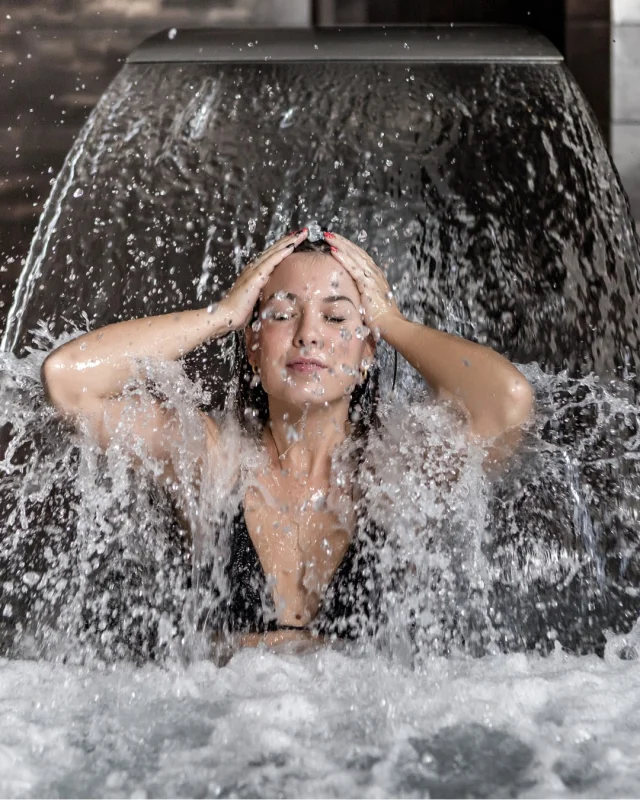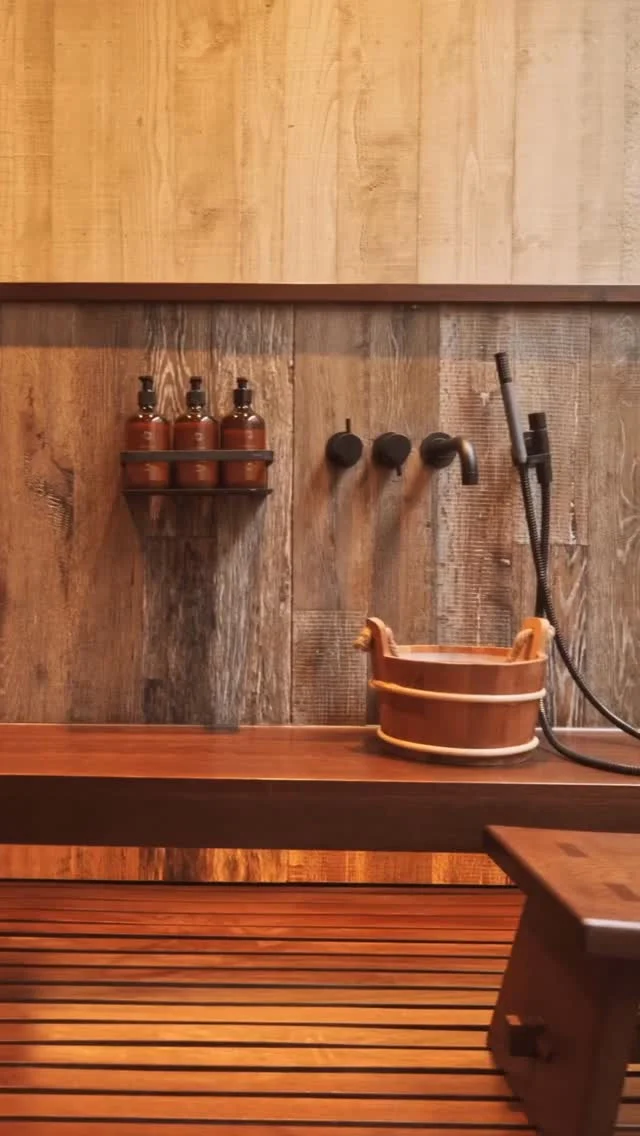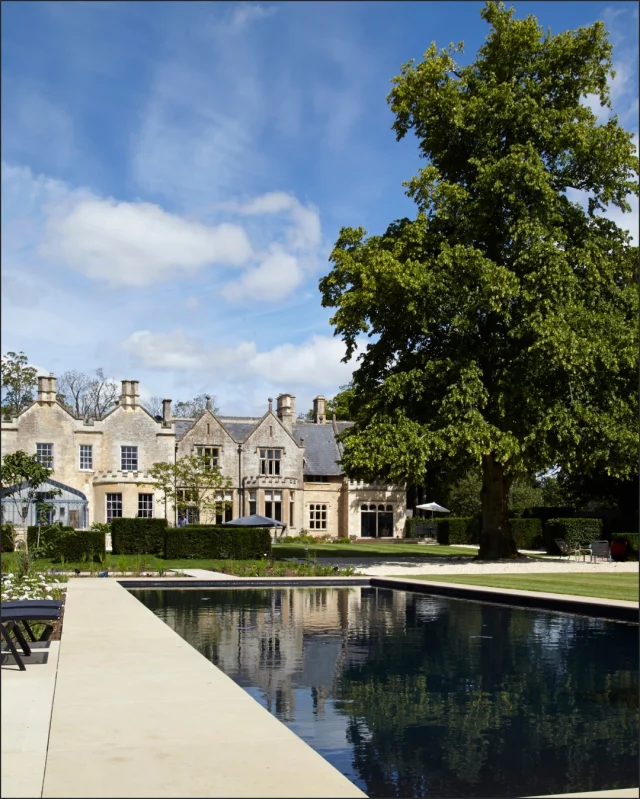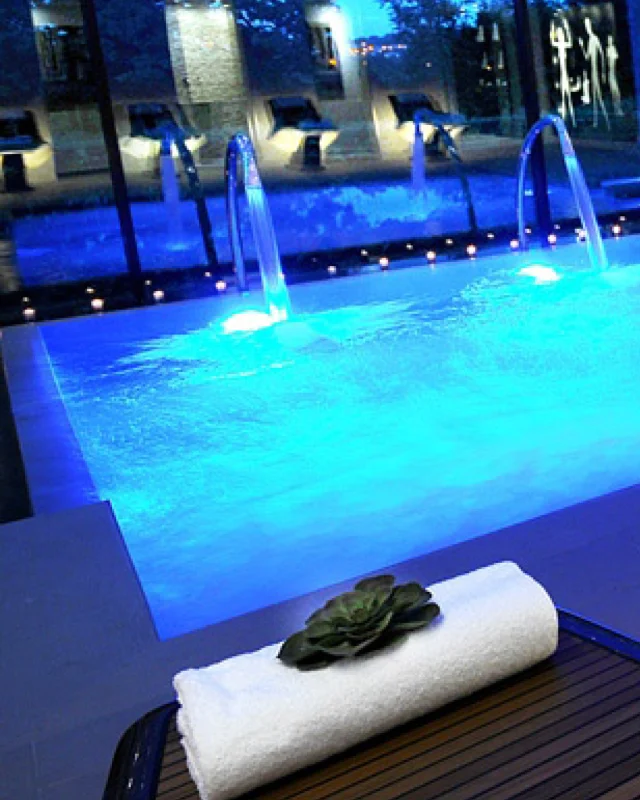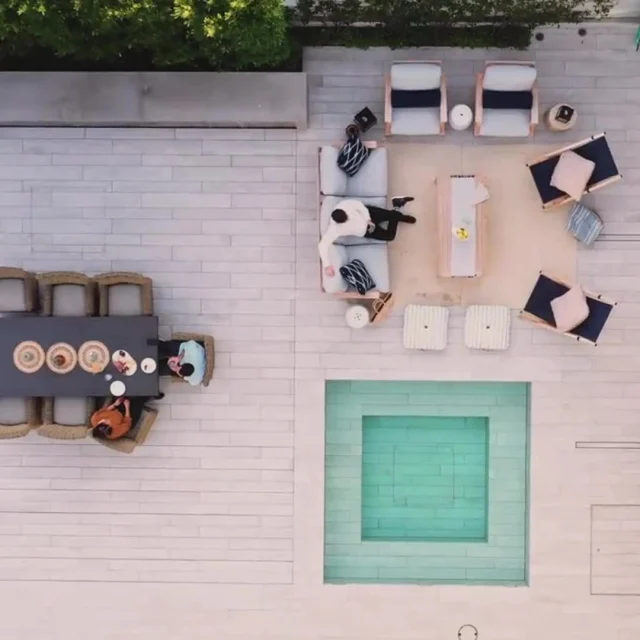Can regular sauna use really extend your lifespan?
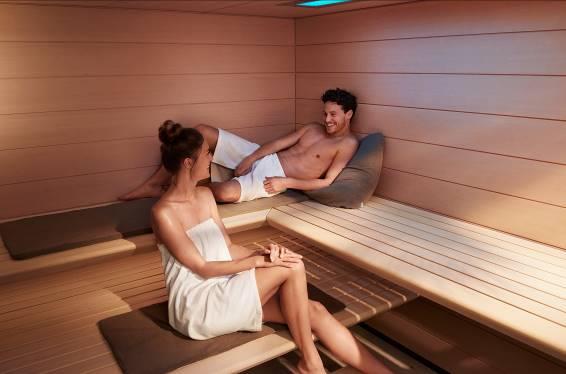
According to physician Dr Rainer Brenke, practicing Finnish‑style sauna bathing regularly and pairing each hot round with deliberate cooling can lead to thermal adaptation.
Over time, the body becomes more efficient at giving off heat, skin circulation improves, and core body temperature may settle ~0.5°C lower. This improved heat regulation helps bolster the body’s defences and is believed to support healthy ageing and longevity.
Disclaimer: The information on this page is for general guidance only and not medical advice. Always consult a healthcare professional before starting or changing any health‑related routine.
Thermal adaptation: what changes and why
Dr Brenke describes thermal adaptation as the body’s progressive ability to dissipate heat more effectively with repeated hot–cold stimuli:
- After around ten saunas, many users begin to sweat earlier and more healthily.
- Skin temperature increases more readily thanks to stronger circulation, enhancing heat emission.
- As the body shell becomes less insulating, the core adapts: within weeks, regular users can experience a small but lasting ~0.5°C drop in core temperature.
- Crucially, this new set point does not feel like being cold; there’s no shivering or discomfort. Instead, people often become slower to get cold in winter and less troubled by summer heat.
Dr Brenke’s position is that this trained thermoregulation is a practical, accessible way to improve how the body handles temperature as we age.
Why a lower core temperature may support longevity
Temperature influences many vital functions. Heat tends to accelerate numerous processes, while cold can decelerate them. Based on decades of observation, Dr Brenke believes that establishing and maintaining a ~0.5°C lower core temperature can translate into meaningful gains in life expectancy:
- At least five years with long‑term maintenance of the adapted set point.
- If adaptation begins in midlife, an increase of two to three years is still considered realistic.
This perspective places thermal adaptation at the heart of a simple longevity‑supporting habit: consistent sauna use with deliberate cooling.
Circulation, arteries, and cellular defences
Beyond the set‑point shift, Dr Brenke highlights two additional, complementary effects of the hot–cold routine:
- Vascular training: Alternating vasodilation (in heat) and vasoconstriction (in cold) exercises blood vessels. He notes that such vasodilatory effects counteract the development of arteriosclerosis (clogged arteries).
- Oxidative stress: A lower core temperature is linked to reduced formation of free radicals, further supporting the body’s defence mechanisms over time.
Together with thermal adaptation, these mechanisms reinforce circulatory health and cellular protection, two pillars of healthy ageing.
How to structure your sauna sessions
To achieve the effects described above, method matters:
- Temperature: Heat the Finnish‑style sauna to around 90°C.
- Contrast: After each hot round, shower in cold water (or an equivalent cooling step) before your next round.
- Relaxation: Between each hot and cold round, take deliberate time to rest. In the UK, we often rush this stage, but in the classical sauna tradition the relaxation phase is essential. A full bathing regime can last an hour or more, with multiple rounds of heat, cooling, and rest. These pauses allow the body to settle, enhance circulation, and make the whole experience deeply restorative rather than hurried.
- Consistency: Practice regularly and build gradually as tolerance improves.
- Listen to your body: If you feel light‑headed or unwell at any point, end the session and cool down.
Used correctly and consistently, this classical hot–cold cycle is designed to establish and maintain the adapted core set point and everyday thermal resilience.
What many users notice within weeks
With the heat‑then‑cold pattern applied correctly and regularly:
- Sweating begins earlier and feels healthier.
- Skin circulation becomes more robust, and after a sauna, you feel warm and “awake.”
- A gradual, sustained ~0.5°C reduction in core temperature is often observed without any sense of chill.
- Day‑to‑day, people typically feel less sensitive to cold and more comfortable in heat.
These everyday shifts are the visible signs of thermal adaptation at work.
Key takeaways of regular sauna use
- Regular Finnish‑style sauna bathing can train thermoregulation through thermal adaptation.
- Hot–cold contrast is essential – Dr Brenke makes this a cornerstone of practice.
- Aim for ~90°C and include cold water between rounds.
- Over time, expect better heat tolerance, improved circulation, and a small, lasting drop in core temperature.
- Dr Brenke believes a sustained ~0.5°C reduction can correspond to notable longevity gains, even when started in midlife.
- The relaxation phase is an essential part of the ritual. Take time to cool, hydrate, and let your body recalibrate. This phase cannot be rushed. Allowing the body to settle fully amplifies circulatory benefits, deepens relaxation, and transforms the experience from functional to truly restorative.
Enjoy sauna health benefits at home
We design and build luxury home saunas and bespoke thermal suites that make correct temperature, timing, and cooling effortless, so this Brenke‑aligned routine becomes second nature.
From precise temperature control to integrated cooling options, every detail is considered to support safe, enjoyable sauna practice at home.
Ready to plan your sauna? Speak with our team and we’ll help you specify the ideal layout, materials, and thermal journey for your space.
About Dr Rainer Brenke:
For many years, Dr Brenke served as head physician for natural remedies at Hufeland-Klinik Bad Ems. Before that, he carried out years of research at Berlin’s Charité hospital, including on the subject of saunas. He is now living in Berlin again and devotes his time to further education and training.
